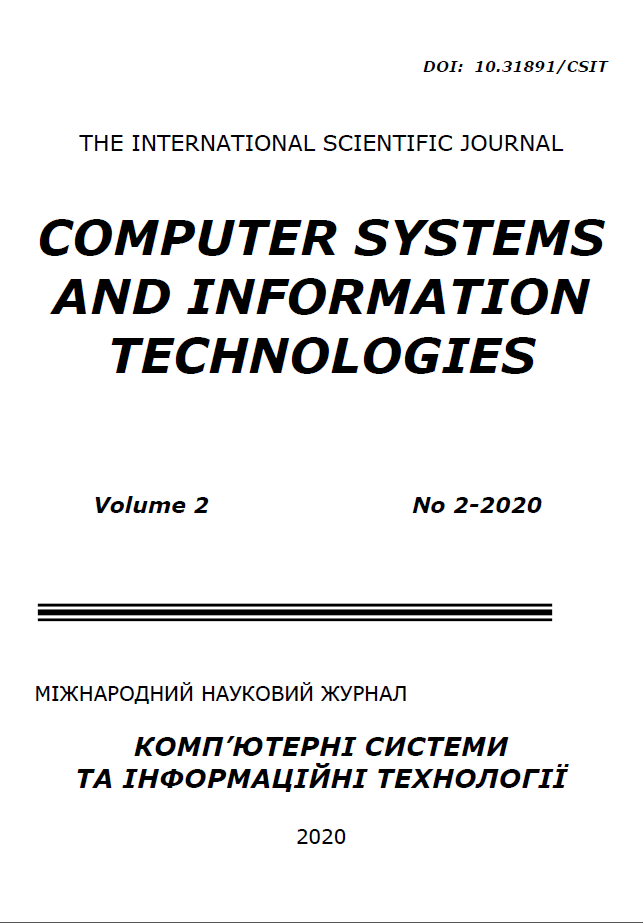An approach to accelerate the training of convolutional neural networks by tuning the hyperparameters of learning
DOI:
https://doi.org/10.31891/CSIT-2020-2-5Keywords:
Learning rate, batch size, momentum, weight decay, hyperparameters, convolutional neural network, validation accuracyAbstract
Over the last decade, a set of machine learning algorithms called deep learning has led to significant improvements in computer vision, natural language recognition and processing. This has led to the widespread use of a variety of commercial, learning-based products in various fields of human activity. Despite this success, the use of deep neural networks remains a black box. Today, the process of setting hyperparameters and designing a network architecture requires experience and a lot of trial and error and is based more on chance than on a scientific approach. At the same time, the task of simplifying deep learning is extremely urgent. To date, no simple ways have been invented to establish the optimal values of learning hyperparameters, namely learning speed, sample size, data set, learning pulse, and weight loss. Grid search and random search of hyperparameter space are extremely resource intensive. The choice of hyperparameters is critical for the training time and the final result. In addition, experts often choose one of the standard architectures (for example, ResNets and ready-made sets of hyperparameters. However, such kits are usually suboptimal for specific practical tasks. The presented work offers an approach to finding the optimal set of hyperparameters of learning ZNM. An integrated approach to all hyperparameters is valuable because there is an interdependence between them. The aim of the work is to develop an approach for setting a set of hyperparameters, which will reduce the time spent during the design of ZNM and ensure the efficiency of its work. In recent decades, the introduction of deep learning methods, in particular convolutional neural networks (CNNs), has led to impressive
success in image and video processing. However, the training of CNN has been commonly mostly based on the employment of quasi-optimal hyperparameters. Such an approach usually requires huge computational and time costs to train the network and does not guarantee a satisfactory result. However, hyperparameters play a crucial role in the effectiveness of CNN, as diverse hyperparameters lead to models with significantly different characteristics. Poorly selected hyperparameters generally lead to low model performance. The issue of choosing optimal hyperparameters for CNN has not been resolved yet. The presented work proposes several practical approaches to setting hyperparameters, which allows reducing training time and increasing the accuracy of the model. The article considers the function of training validation loss during underfitting and overfitting. There are guidelines in the end to reach the optimization point. The paper also considers the regulation of learning rate and momentum to accelerate network training. All experiments are based on the widespread CIFAR-10 and CIFAR-100 datasets.

